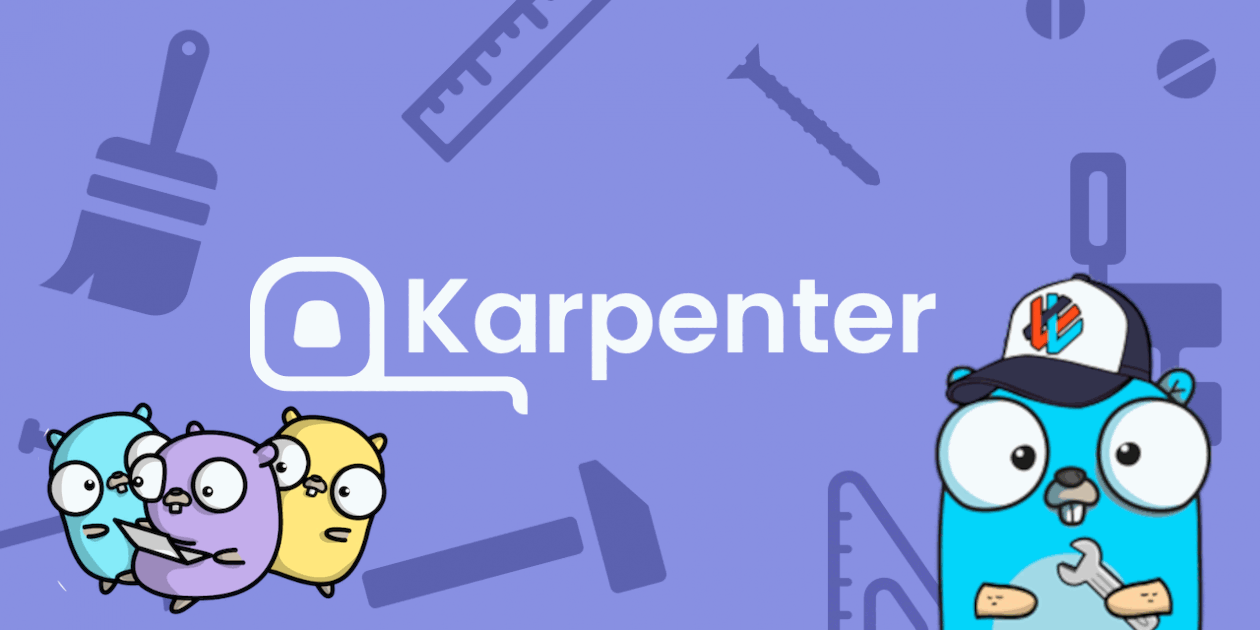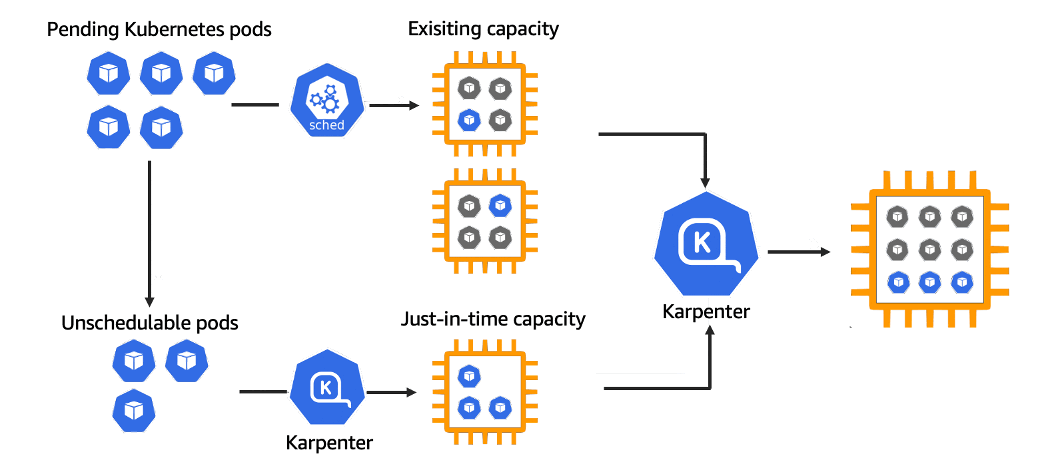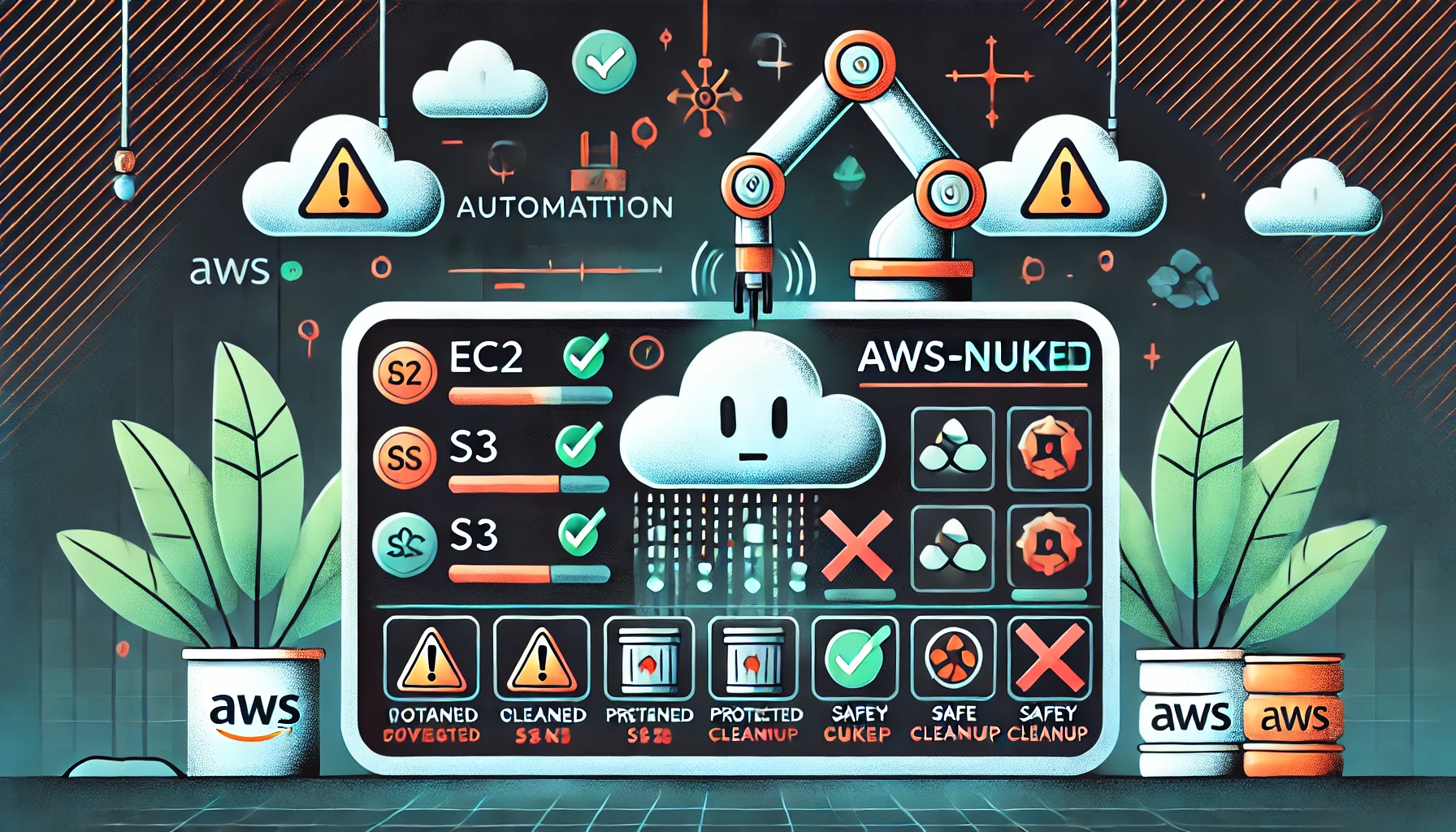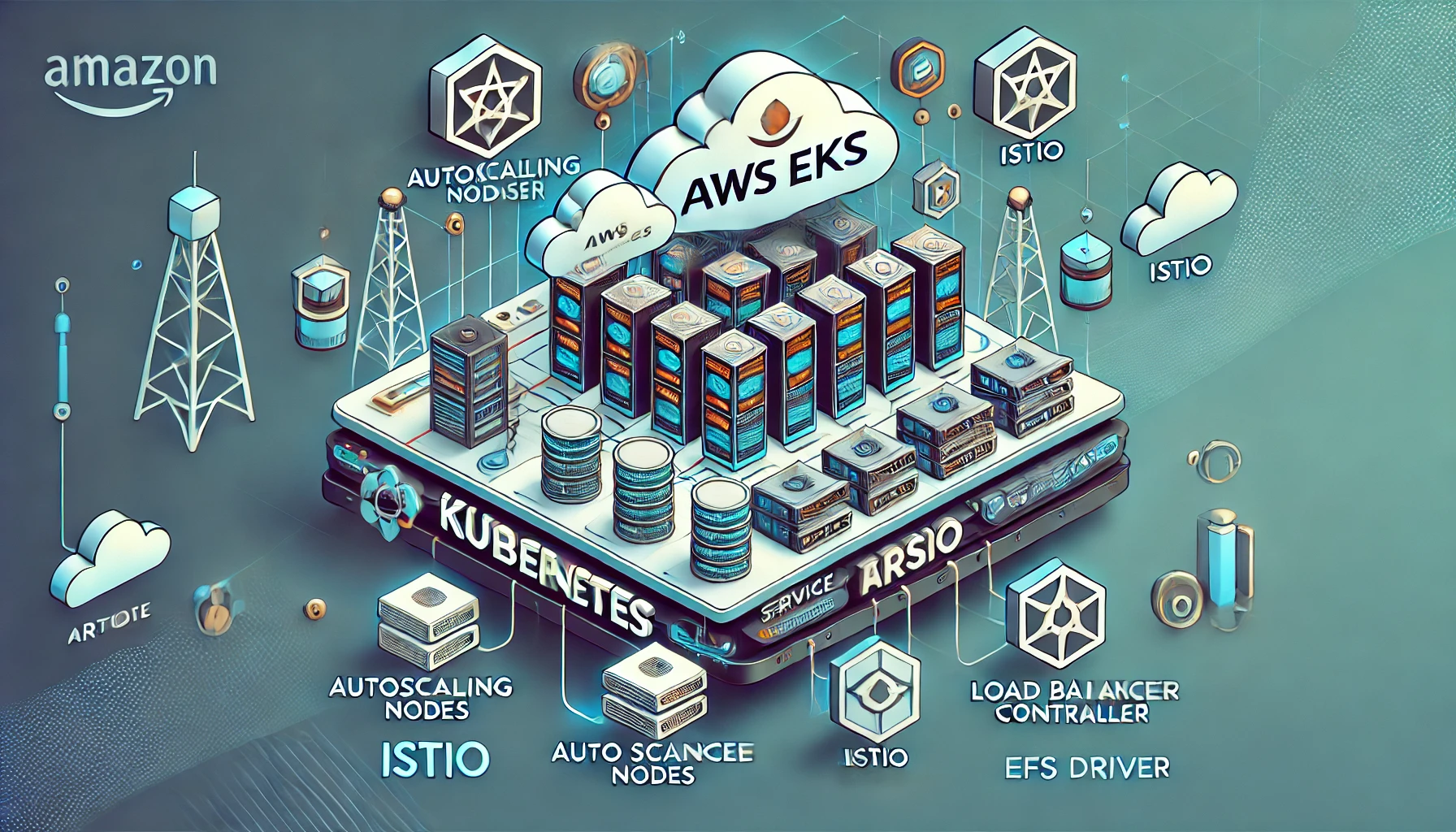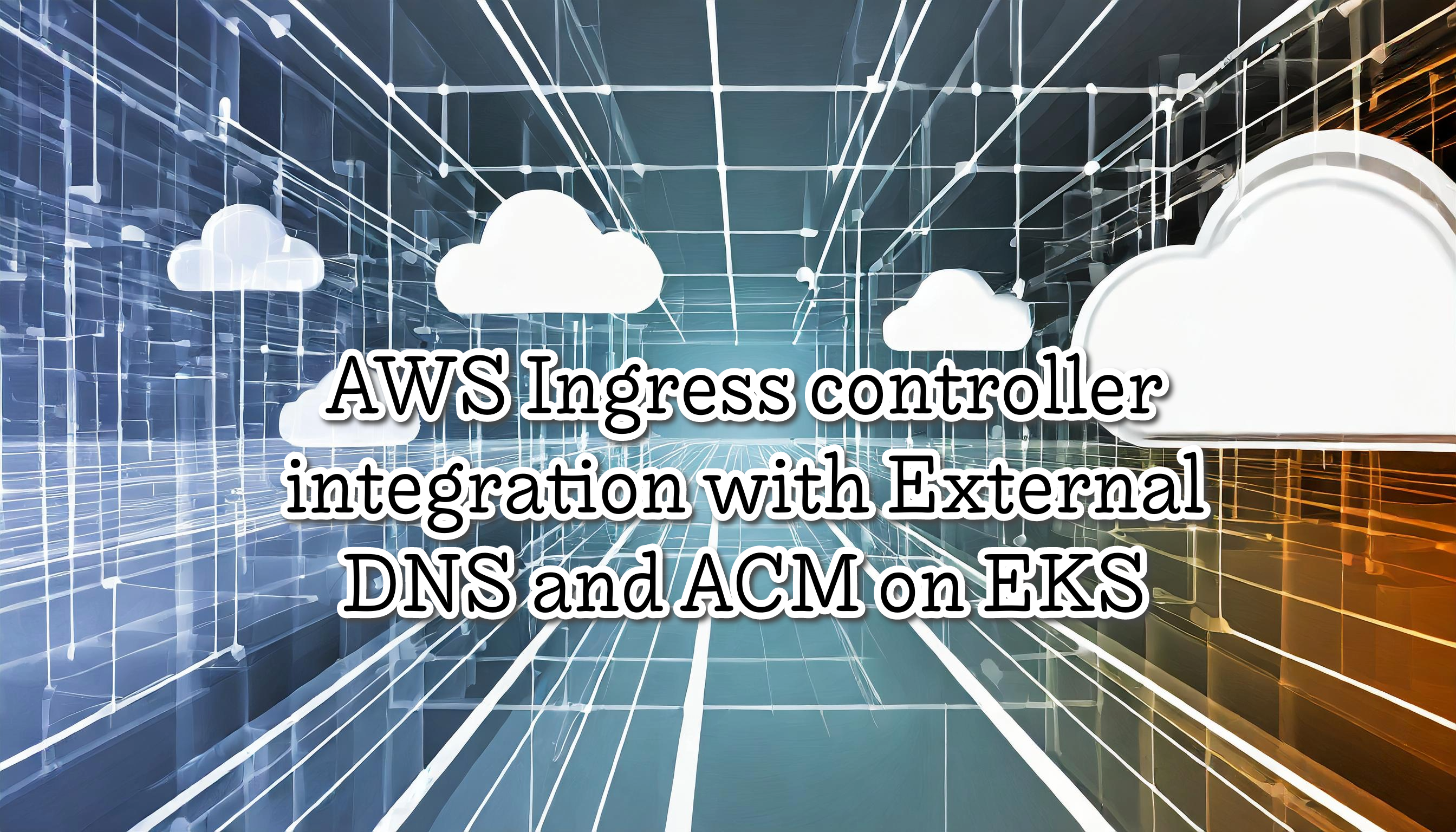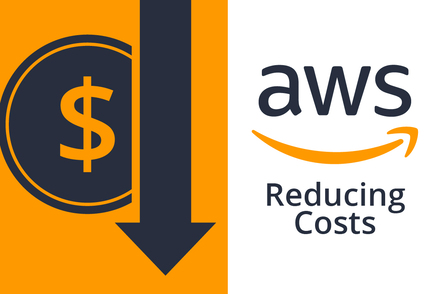General tips and free resources to pass any AWS Certification
Tips to get free AWS resources to pass the AWS certifications, or how to get discounts, extra time, and laboratories to practice real hands-on.
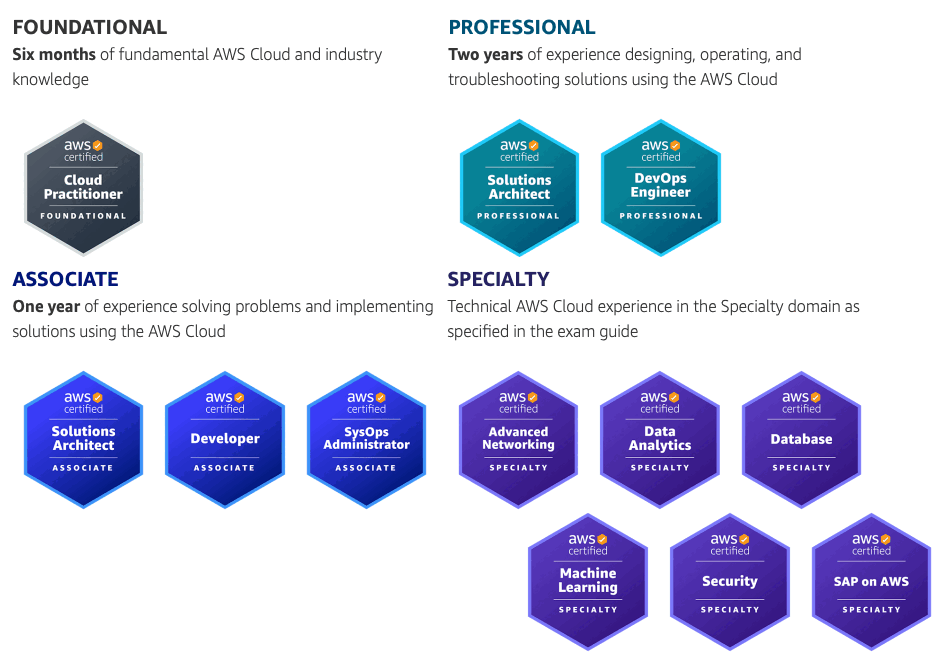
AWS Certification validates cloud expertise using AWS. The exam are multiple-choice or multiple-answer format. Each question covers a real-world scenario. Questions are intentionally written to be ambiguous to test the depth of your knowledge, you need to read carefully. Prepare the AWS Certifications are a great way to learn in deep more about the AWS services.

